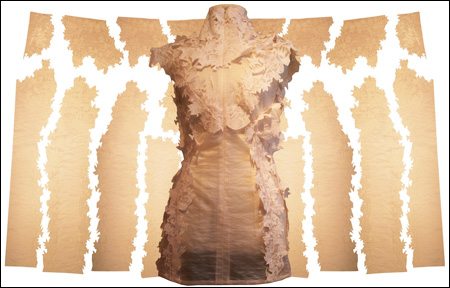Last Saturday’s “This Way Up” on National Radio profiled the current exhibition at the Dowse. The idea of zero waste in fashion, it appears from the interview, is not just a simple pragmatic one – but has had positive effects for innovatively rethinking fashion more conceptually. The exhibition “Yield: making Fashion without Making Waste” is curated by Holly McQuillan and Timo Rissanen and is on until 26 June.
Zero waste: does fashion eclipse architecture for innovation?
Comments
2 responses to “Zero waste: does fashion eclipse architecture for innovation?”
-
Nada is in the fashion business. She designs, manufactures and retails her own stuff. The whole concept of yield is hugely important. We’ve recently purchased a digital pattern design and layout system which, among many other features, affords the ability to automatically lay out pattern pieces so as to maximise the fabric yield.
We schedule in the construction business and we survey the quantities but I don’t think that we are nowhere near the sort of systems that exist in the fashion world. I think that a lot of it has to do with construction not being a high volume industry, whereas fashion is, not always, about mass manufacture—that’s where your profits will come from.
I think that construction is slowly moving in the right direction though, with a lot of research into prefab etc.
-t
-t
-
I’m not sure that much of the fashion industry can be considered ‘innovative’. A large proportion of the fashion industry (while very concerned with fabric yield, for obvious economic reasons) generate garments which would be the architectural equivalent of Knightsbridge in Napier. There is very little innovation, mostly just a lot of copying things that aren’t that good in the first place, and that get discarded rapidly once their cultural value has worn away. What fashion has become very good at is making things quickly and cheaply, so that consumer can buy them cheaply and discard them quickly. YIELD aims to not only explore sustainable practices through changing the design process but how doing such a thing might be a creative advantage also.


Leave a Reply